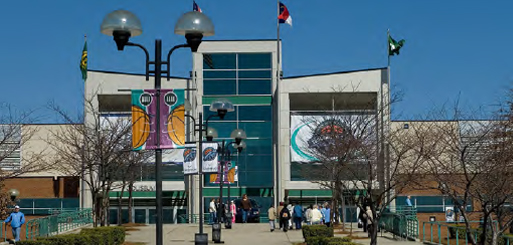Map 2: Existing Centers and Commercial Corridors
The Existing Centers and Corridors map at left shows commercial corridors and centers of activity generally commercial in nature.
Commercial Corridors
Commercial corridors are roads that are lined with commercial development, as distinguished from roads that serve primarily to move cars from one point to another and that may have residential development adjacent to them. Most of the commercial development in Greensboro reflects this patern and is spread along stretches of roadway.
Centers
The map shows several types of centers that are primarily commercial in nature and that reflect the design of the area in which they are built. In parts of the City developed before WWII, the Centers are often integrated into the surrounding area, are composed of individual buildings, and have good sidewalk connections to adjacent areas. Centers built in a more suburban style are generally larger, include parking as a major feature, and are separated from other uses with buffers of different types.
- Neighborhood Scale Centers: Small areas that primarily serve and are similar in size and scale to adjacent neighborhoods.
- District Scale Centers: Tend to be larger than Neighborhood Scale, serve people from across the City, and buildings are generally larger than buildings in the surrounding area.
- Regionally Scaled Centers: Serve all of Greensboro and beyond, and generate significant automobile traffic.
- Contemporary Mixed Use Centers: Developed as walkable areas that incorporate a variety of uses, often including residential, office, and commercial. They are generally large-scale, but self-contained and designed so as not to negatively impact adjacent communities.

Tate Street, located east of the University of North Carolina at Greensboro, is an example of a neighborhood scale center.

The Greensboro Coliseum Complex is an example of a regionally scaled center.
For more information, see Chapter 10, Map 2 in the GSO2040 Comprehensive Plan.
